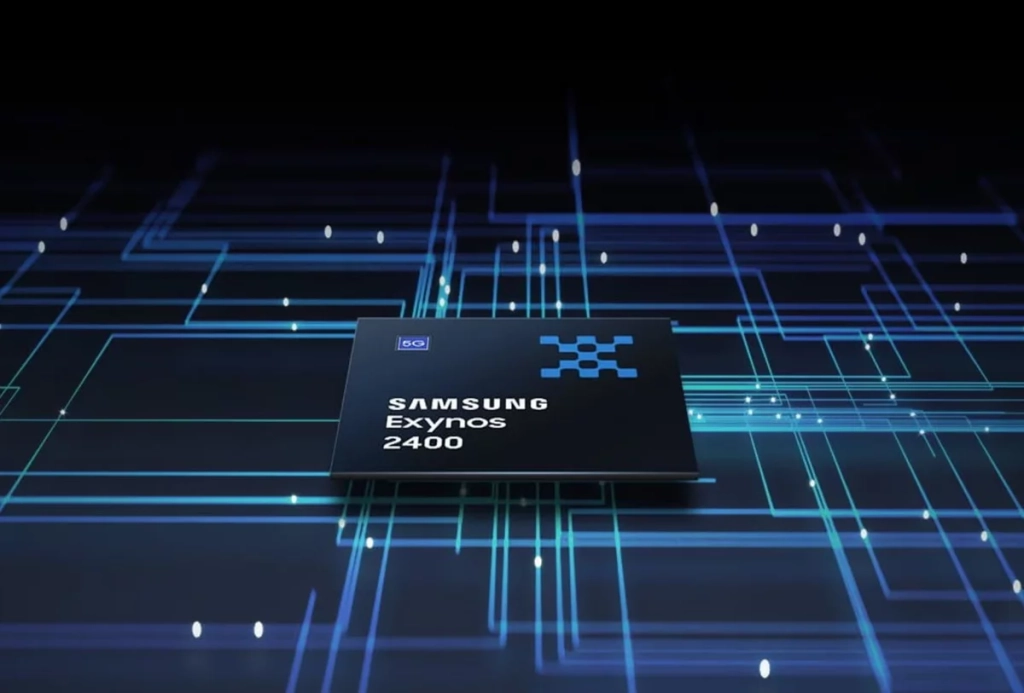The FCC has imposed a limit on the number of second-generation satellites of Starlink, SpaceX’s constellation.

This is probably not the outcome SpaceX was hoping for. hoped for when reading the conclusions of the Federal Communications Commission (FCC), the telecom regulatory authority in the United States. The instance did not fully meet the expectations of the company founded by Elon Musk and specializing in space activities, in its decision made public on December 1, 2022.
SpaceX, which operates a network of low-Earth-orbit satellites dubbed Starlink, was hoping to get FCC approval for a constellation of around 30,000 orbiting Earth craft (29,988, to be exact). On paper, these devices will constitute the second generation of satellites, which must succeed the current network.

A train of Starlink satellites. // Source: Flickr/CC/Jurgen Mangelsdorf (cropped photo)
A quarter of the satellites have been given a green light. The rest will wait
On this ground, the Federal Communications Commission has moderated the enthusiasm of SpaceX. It “only” validated a plan authorizing the deployment of a maximum of 7,500 devices, that is to say a quarter of the total requested. For the rest, the FCC postponed its decision. In its opinion, reported by CNBC, the authority mentions a series of issues that are still relevant.
Among the subjects mentioned by the FCC are in particular “the reduction of orbital debris and space security”. Subjects far from trivial: with thousands of satellites in low orbit, where we find among others the International Space Station, but also the Hubble Space Telescope, SpaceX poses a growing challenge to pilot the trajectory of satellites, in order to avoid risky situations.
The FCC’s decision does not affect SpaceX’s prospects of eventually obtaining the right to deploy this 30,000-link network, but stricter conditions should now be linked to such a massive deployment. The issue of light pollution induced by these devices also remains central, because it is known to interfere with the work of astronomers on Earth.
Currently, SpaceX has a strong constellation of nearly 3,300 Starlink satellites orbiting Earth. The company regularly densifies its network, sending new devices into space in clusters of sixty. Almost all of the inhabited territories are now technically covered. However, the service is not available everywhere.






Leave a comment